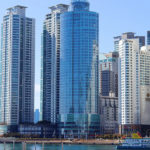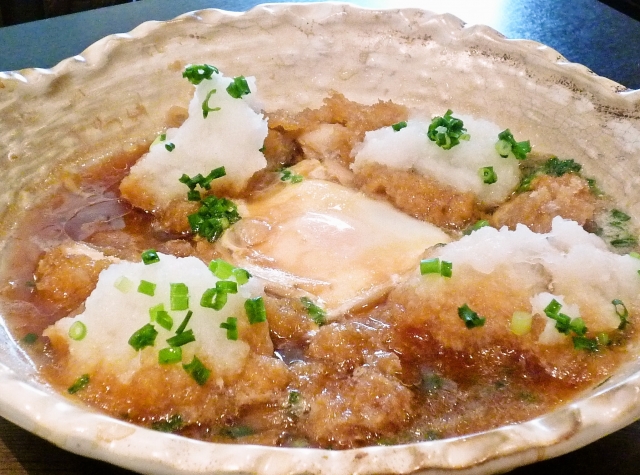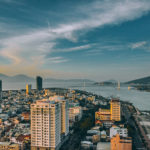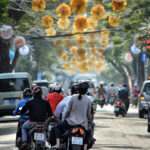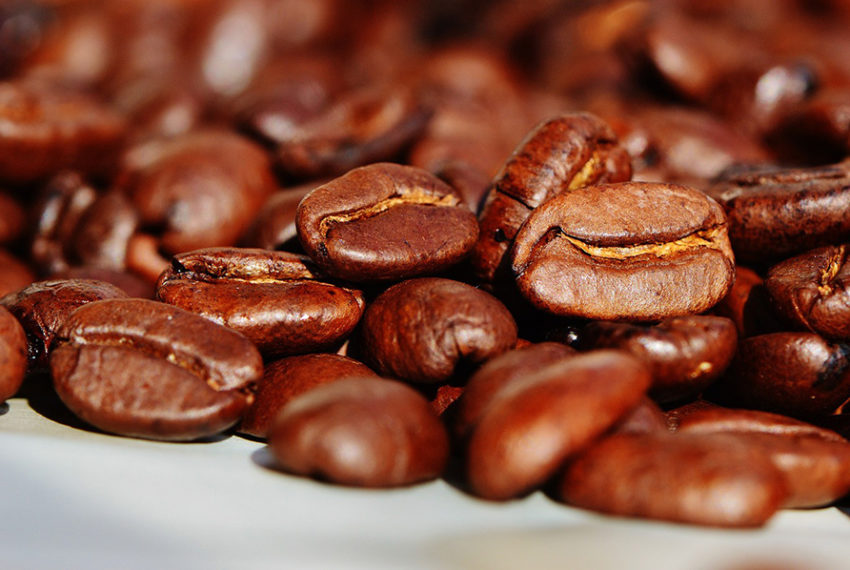
目次
ASEAN coffee industry and culture
The climate and geographical location of Southeast Asia make it an ideal environment for coffee growing. In addition, the region's coffee culture and expertise in coffee production have made the ASEAN coffee industry even more vibrant.
Southeast Asian countries such as Vietnam, Indonesia and Laos have grown into coffee exporters. In Thailand, increasing demand for coffee continues to attract new businesses and investments. In addition, the Philippines is determined to revive the coffee industry to target niche markets and domestic demand.
This article describes coffee production and culture in these countries and the current state of the coffee industry.
Vietnamese coffee industry and culture
Lesser known, Vietnam is currently the second largest coffee exporter in the world after Brazil. In 2017, the total production of coffee was 29,500,000 bags (60 kg per bag), and Indonesia had a total production of 10,902,000 bags. Robusta coffee and Arabica coffee, which account for 99% of the world's coffee distribution, are cultivated in northern Vietnam.
According to Ipsos, a global market research and consulting firm, domestic consumption of coffee in Vietnam is only about 6%, and the rest is cultivated and sold overseas, making it one of Vietnam's major export products. increase.
According to the latest report from January to November 2018, Vietnam's export revenue has reached about 3.3 billion dollars (including roasting and instant coffee). The main export destinations are Germany, the United States and Italy.
To increase coffee production, the Vietnamese government is aiming for an area of 500,000 hectares of coffee plantations by 2030 (four major provinces-Dak Lak, Lam Dong, Dak Nong and Jarai).
Local coffee chains such as Trung Nguyen, Phuc Long and Highlands are still competitive thanks to their unique traditional coffee products that are very suitable for Vietnamese tastes. Vietnam's domestic market faces fierce competition, including coffee franchisees such as Starbucks, Gloria Jeans and Dunkin'Donuts.
The market share of foreign companies has skyrocketed in the last three to four years, with about 60 to 65 percent of all coffee exported each year coming from foreign investment. For this reason, the Ministry of Industry and Trade has banned foreign-affiliated companies from purchasing coffee directly from farmers and establishing a purchasing route network for coffee purchases in Vietnam.
Locals in Vietnam prefer the classic coffee called "ca phe sua da" or a mixture of "coffee, milk and ice". The strong and bitter taste of coffee made from Robusta coffee beans is balanced with sweetened condensed milk. Another popular type of coffee is coffee mixed with yogurt.
Indonesian coffee industry and culture
Indonesia is known for the most expensive coffee in the world called "Kopi Luwak".
It is eaten by civets and has a unique scent due to the action of digestive enzymes and intestinal bacteria. It is very expensive, about $ 700 per kg, and is mainly produced in Sumatra, Java and the islands of Bali.
Indonesia is projected to export 7,200,000 bags between 2018 and 2019. However, bad weather has continued in recent years, affecting the production of Robusta and Arabica, reducing exports from 2017 to 2018 from 8,720,000 bags to 5,640,000 bags from 2016 to 2017.
In Indonesia, coffee is loved by young people and is greatly influenced by the coffee culture and customs of Australia and the United States.
The traditional fine coffee in Indonesia is Kopi Luwak, a Robusta bean. In Islamic countries, coffee is a popular alternative to alcohol.

Lao coffee industry and culture
Following Vietnam and Indonesia, Laos is Southeast Asia's leading coffee producer and exporter. Laos has a policy of producing higher value arabica than low value Robusta.
According to the World Bank, coffee production is one of the major sources of income in the Lao economy. Laos coffee exports in 2017 were $ 112 million compared to 2016. The main export destinations are Thailand, Vietnam, Japan, Spain, Poland, Germany, the United States, France, Belgium and Sweden. In April 2018, Dao-Heuang Group, a major Lao producer, signed a trade agreement with Kunming Food Export-Import Trading Co., Ltd. in China to expand its coffee business in China.
The government expects to increase domestic sales and export more than 137,500 tons of coffee. The latest statistics from the International Coffee Organization show that total coffee production in Laos has increased from 465,000 bags in 2016 to 475,000 bags in 2017.
Thai coffee industry and culture
Thailand's coffee industry is small compared to its neighbors. The total consumption from 2016 to 2017 was also about 1,300,000 bags. However, Thailand has great potential to grow high quality coffee due to its manufacturing process and favorable breeding conditions.
Traditional Thai coffee called Kafae Boran is very similar to Vietnamese coffee except for the difference in brewing method. Kafae Boran, which was developed during World War II, and Kafae Boran in Thailand are positioned as special products and are being branded.
Filipino coffee industry and culture
In the Philippines, domestic demand for coffee is greater than in other ASEAN countries, with domestic consumption from 2016 to 2017 at 3,000,000 bags, significantly higher than Thailand (1,300,000 bags) and Vietnam (2,400,000 bags).
At the recent 3rd Philippine Coffee Conference, the Ministry of Trade and the Ministry of Agriculture gathered coffee-related companies to discuss the development of the domestic coffee industry. The Philippine Coffee Industry Roadmap (2017-2022) has been developed to implement various programs related to coffee market expansion.
The Philippines is on the so-called "coffee belt" and has the best climate for growing four types of coffee: Robusta, Arabica, Excelsa and Coffea liberica. The most recent coffee production share by type is Robusta 65.2%, Arabica 27.1%, Excelsa 6.9% and Coffea liberica 0.9%. In the early 1900s, the Philippines was the third largest coffee producer in the world after Brazil and Colombia.
Coffee production in 2017 was 203,000 bags, down from the previous year. However, the government recommends expanding coffee plantations to reduce import reliance and support coffee farmers' exports.
The growth of coffee shops and coffee chains in the Philippines is seen as an investment opportunity. Many multinational companies are entering the market, including Starbucks, Seattle's Best Coffee, Coffee Bean & Tea Leaf, Gloria Jean's Coffee, and UCC Coffee.
Compared to other ASEAN countries, Filipinos rarely drink tea and prefer coffee. Traditional coffee, called Barako, is black coffee and is roasted on the day it is purchased.
Investment in Vietnam is Ho Chi Minh Suzuki Real Estate
We support rental and purchase of condominiums, offices and investment real estate, mainly in Ho Chi Minh, Vietnam.
Our strength is to provide buyers with accurate and accurate information in a timely manner.
This website introduces the latest news articles on real estate, economy, travel, and events related to Vietnam.
Based on my experience as a consultant in Hong Kong, the article also introduces real estate, management, accounting, tax, and labor affairs.
If you like, please take a look.

Suzuki Real Estate is a real estate company in Ho Chi Minh City, Vietnam that handles rental and sales. Our licensed real estate agents and Vietnamese real estate transaction specialists will guide you through investment apartments, condominiums, serviced apartments, offices, and factories for rent in Japanese, Chinese, and English.

